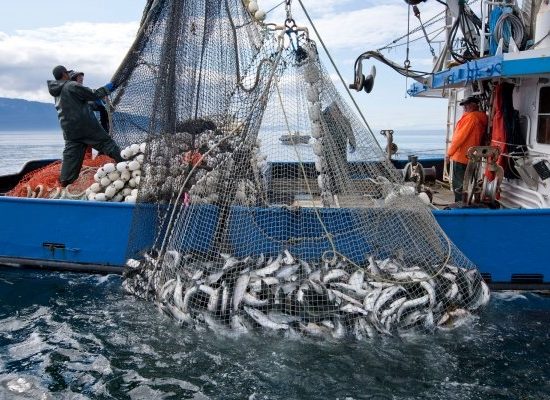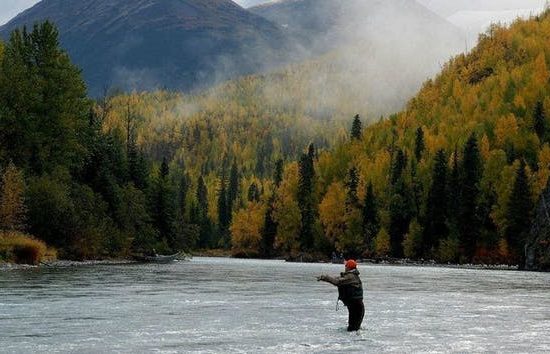The fight over the proposed Pebble mine at times makes politics look tame.
Published Oct. 6, “The Cohen Report,” as it is known, questions the objectivity and scientific process of the EPA’s Bristol Bay Watershed Assessment. The assessment is the baseline document used by the EPA to justify its attempt to block Pebble development through its Clean Water Act Section 404(c) authority, which gives the agency the power to prohibit projects that would have an “unacceptable adverse effect” on fish, wildlife or wetlands habitat.
That impassioned battle resumed on Capitol Hill Nov. 5 when the House Committee on Science, Space and Technology heard from those on the front lines of both sides. The title of the hearing, Examining EPA’s Predetermined Efforts to Block the Pebble Mine, leaves little wonder about the sentiment of committee chair Rep. Lamar Smith, a Texas Republican.
“Secretary Cohen’s report lays out evidence that shows collusion and a cozy relationship between the EPA and groups actively opposed to the Pebble mine,” Smith said in a statement to open the hearing.
In its ongoing lawsuit against the EPA in U.S. District Court of Alaska, Pebble contends the agency violated the Federal Advisory Committee Act by working with anti-mine groups to develop the Bristol Bay Watershed Assessment and shunning Pebble from the process.
Pebble Limited Partnership board of directors chair John Shively, a former Alaska Department of Natural Resources commissioner, said Nov. 5 at the Alaska Miners Association annual meeting in Anchorage that EPA Region 10 Administrator Dennis McLerran lied to him in a letter sent when the assessment began by claiming it was not aimed at stopping Pebble. Shively also asserted that the EPA lied to the public about how the movement to stop Pebble began.
Former Republican Alaska Senate President Rick Halford testified to the House committee that before learning of Pebble he had never opposed a mine project. However, the size and location of the proposal by Pebble Limited Partnership forced him to take a stand against its development.
“The size of the Pebble deposit is beyond imagination,” Halford said. “The pit would be well over a mile deep in places, and the footprint would cause the direct loss of between 24 and 94 miles of stream; 1,200 to 4,900 acres of wetlands; and 100 to 450 acres of ponds and lakes. The waste would be stored on site in perpetuity.”
See Full Story at The Alaska Journal of Commerce
Image: Molybdenite










